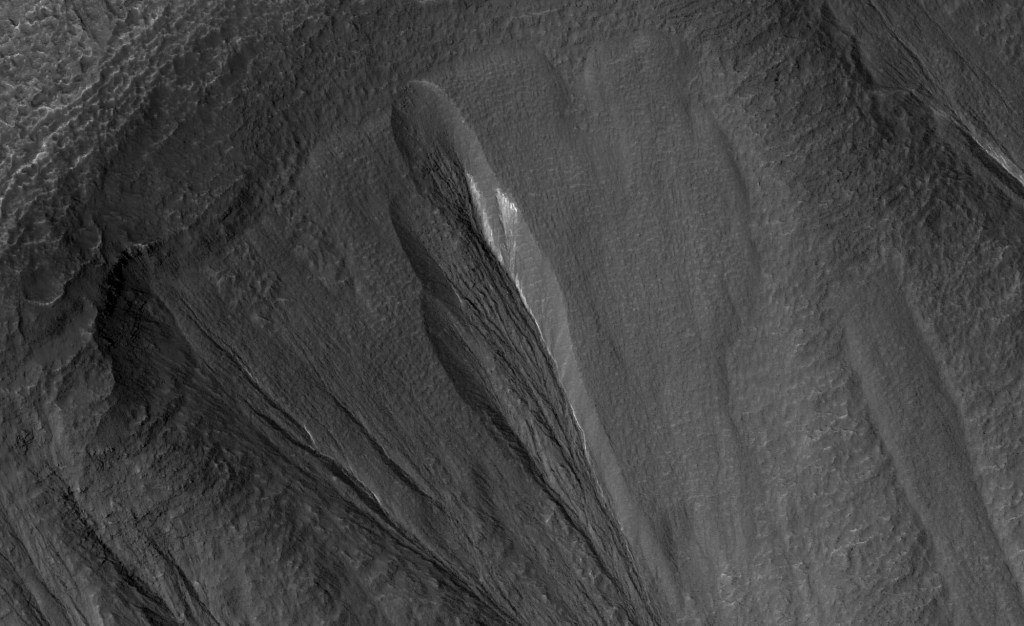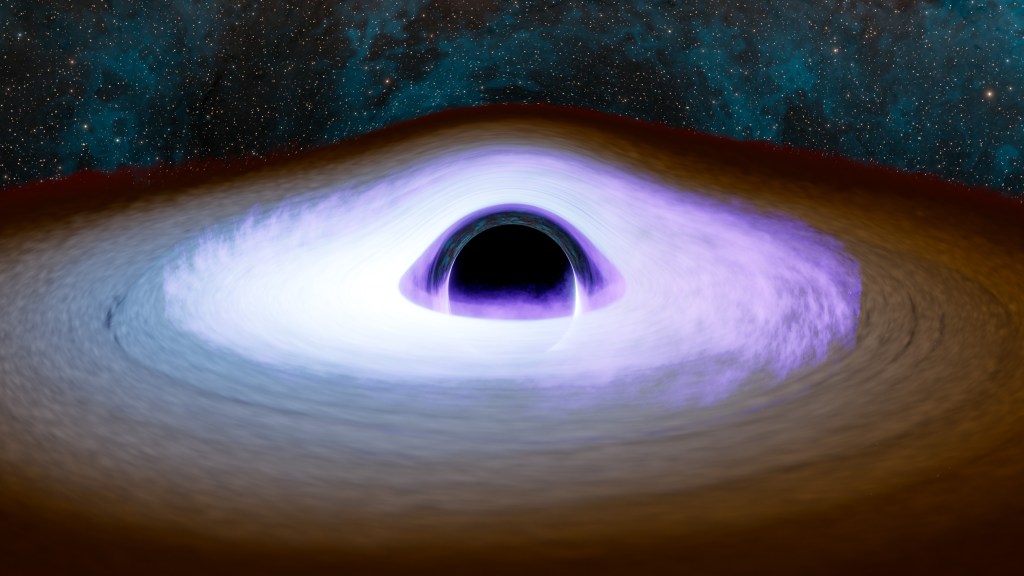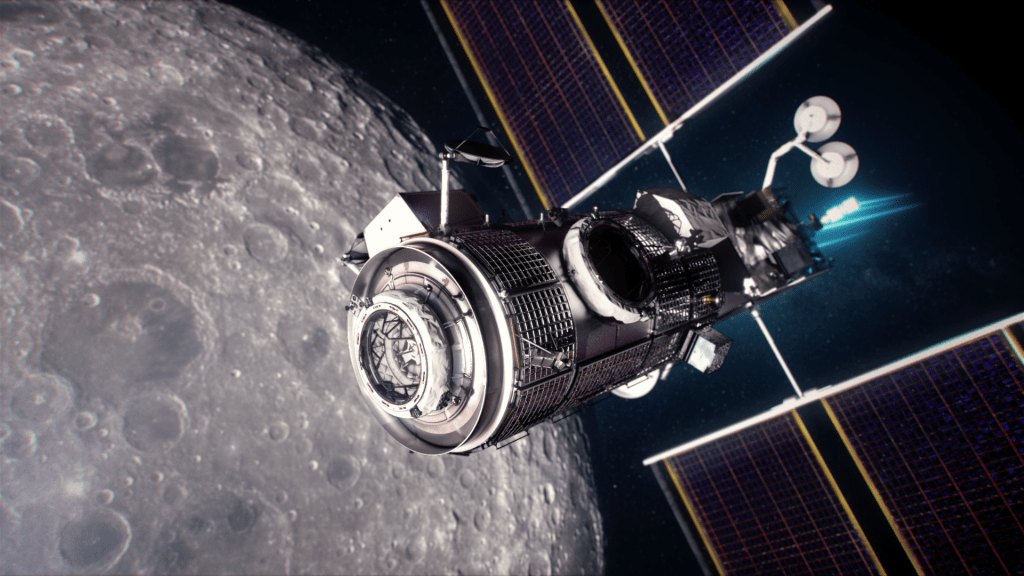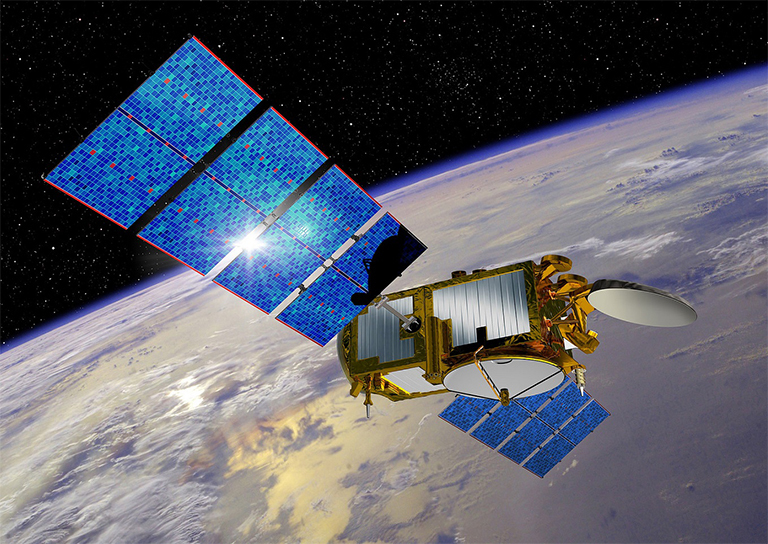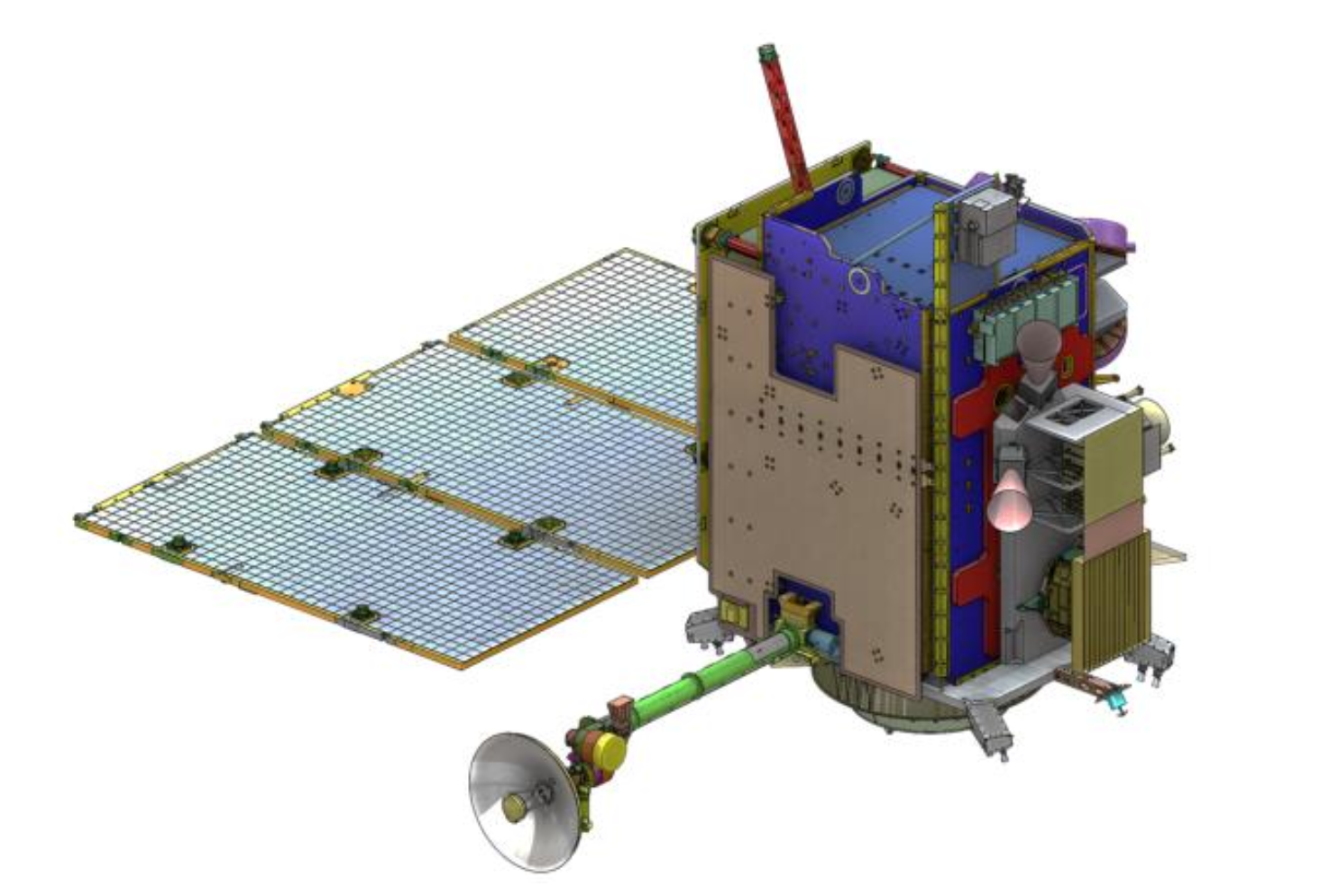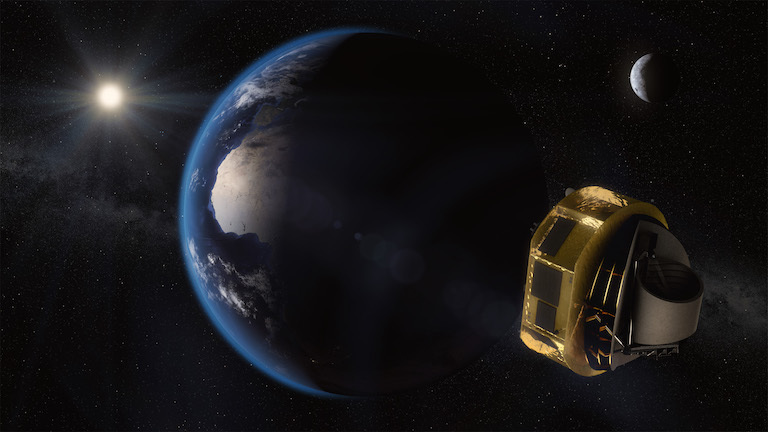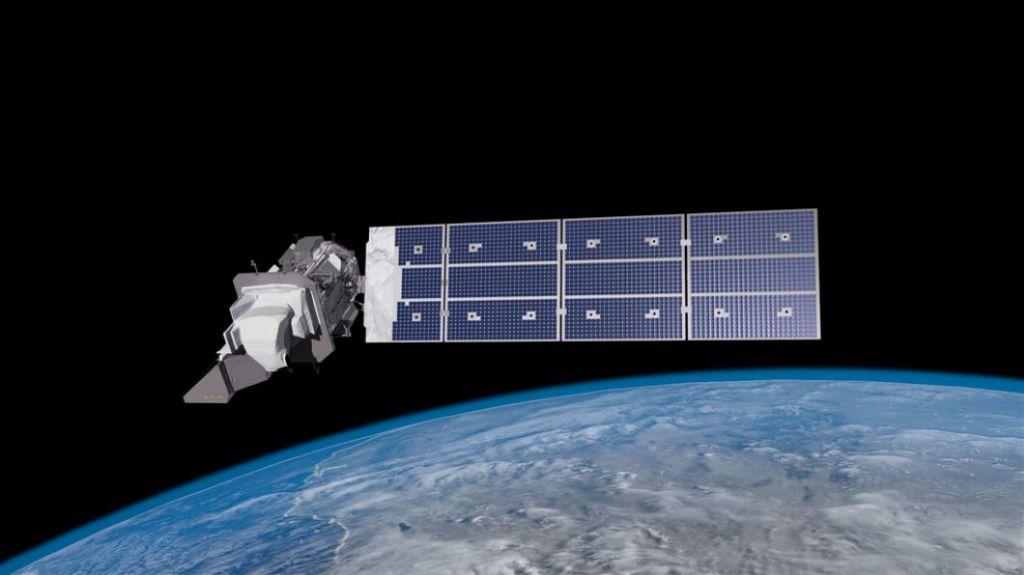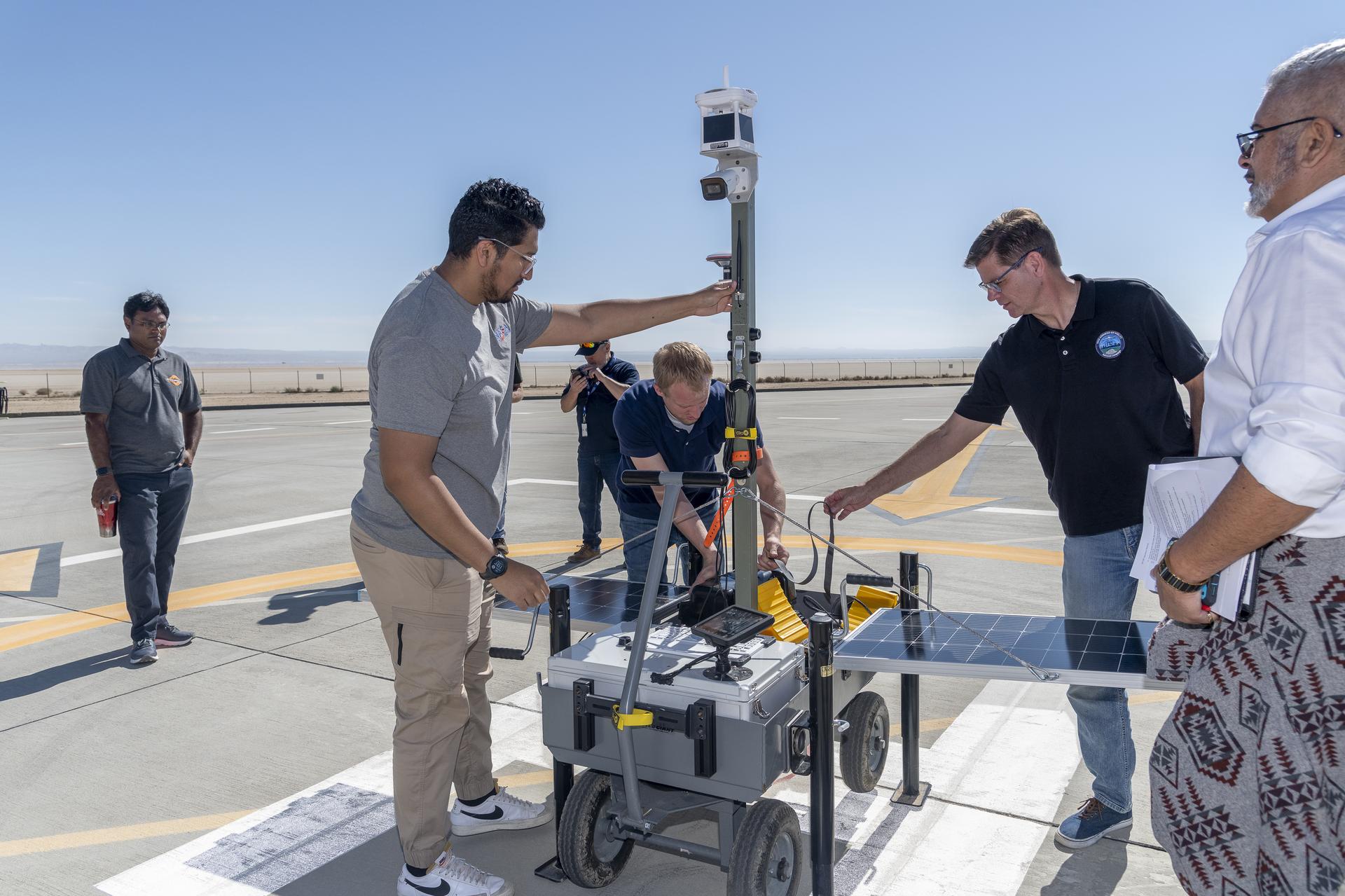Aerosol Tagging
Many fundamental issues remain unsolved regarding the current dust and water cycles on Mars. In particular: What is the role and impact of the different reservoirs of dust and water on the cycles? What controls and triggers regional and global dust storms? Where and how is dust lifted and transported in the atmosphere? What is the current global dust and water budget and how has it evolved over time and space? In order to provide new insights on these questions, we implemented the so-called tagging method in the version of the NASA Ames Mars Global Climate Model (MGCM) that includes the GFDL/NOAA cubed-sphere dynamical core.
The MGCM simulates the atmospheric transport of dust particles, water vapor and water ice. The tagging method “tags” or “labels” these transported constituents according to a chosen criterion. As an example, if dust particles are the tagged constituent (« dust tagging ») and the criterion is its geographic origin (e.g., the low thermal inertia regions), this means that during the entire simulation, we keep track of the dust that originated in the selected regions of Mars. Each tag is transported by the model as a tracer and behaves like the constituents they follow but is completely passive and does not alter the predictions.
This technique enables us to track not only the origin of a given atmospheric constituent, but also the physical processes it goes through (e.g., scavenging, ice cloud formation, storm evolution, frost deposition, etc.), or the different environments it has encountered since its emission (craters, mountains, dusty atmosphere, poles, etc.).
For instance, we use this method:
- To investigate the role and contribution of different dust reservoirs on the dust cycle and quantify their exchange of dust over the year, by tagging dust particles depending on their geographic origin of lifting. In particular, this provides insight into the main pathways dust particles take during the formation of a global dust storm. On a multi-decadal time scale, our simulations using this tagging method also constrain the mass balance and equilibrium state of the dust cycle.
- To investigate how the diurnal cycle affects the dust lifting and transport, by tagging dust depending on the local time it has been lifted and lofted in the atmosphere. With this method, we provide insight into the contribution of upslope and downslope winds on the dust cycle.
- To assess the global impact of dust scavenging by water ice clouds on the current and past Martian climate, in particular during the high obliquity periods where this process is thought to have been more efficient than it is today. To do that, we tag dust particles that have been scavenged by water ice clouds.
The potential of the dust, water and water ice tagging method in GCMs provides a powerful analysis tool regarding the long-term evolution of the dust and water cycles. We expect this method to fill many gaps in the understanding of the current and past Martian climate and provide insights on the development of global dust storms, the influence of the scavenging of dust particles during both the present-day and past climates, the exchanges between the different dust and water reservoirs and the long-term mass balance and equilibrium state of the cycles.

